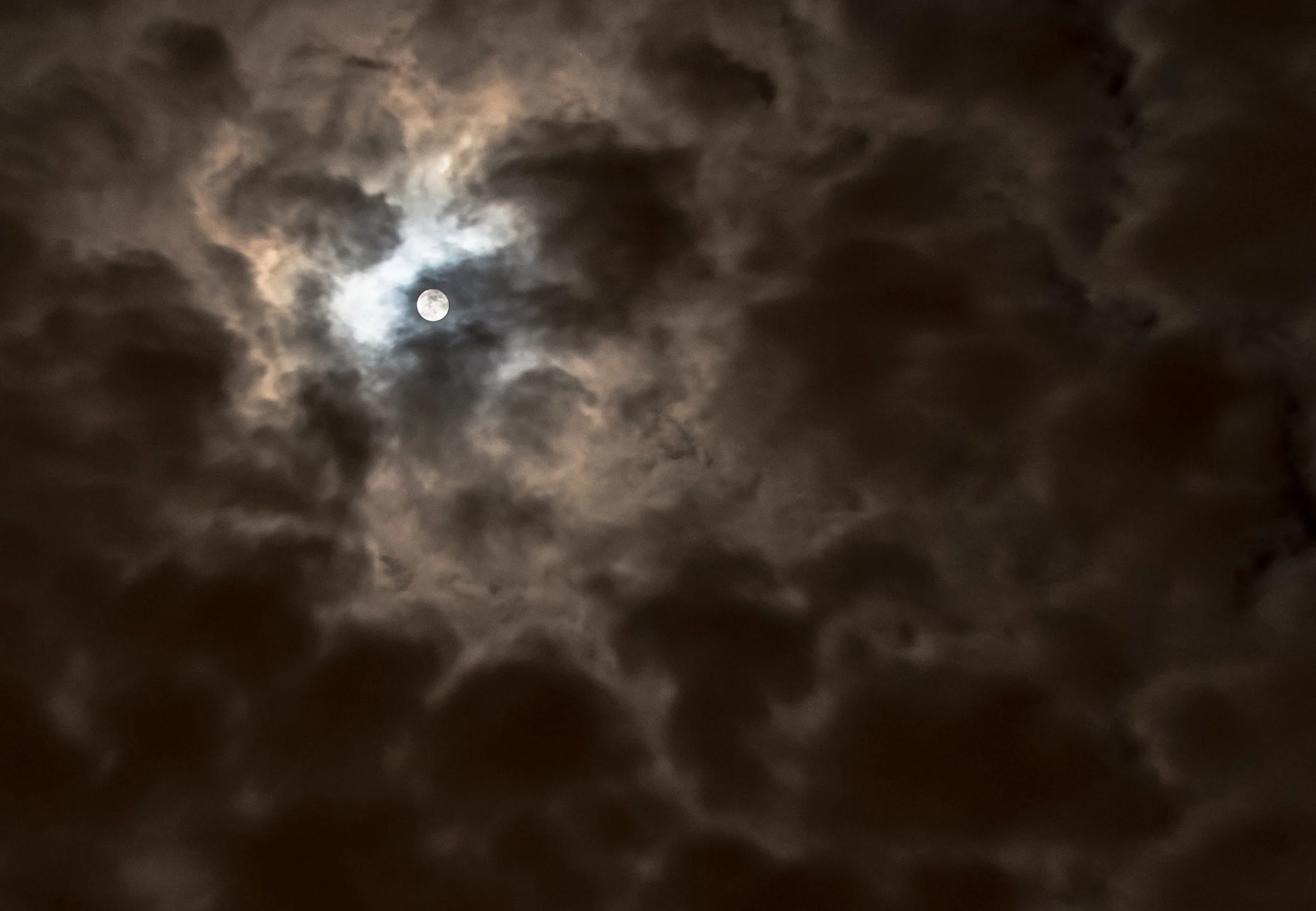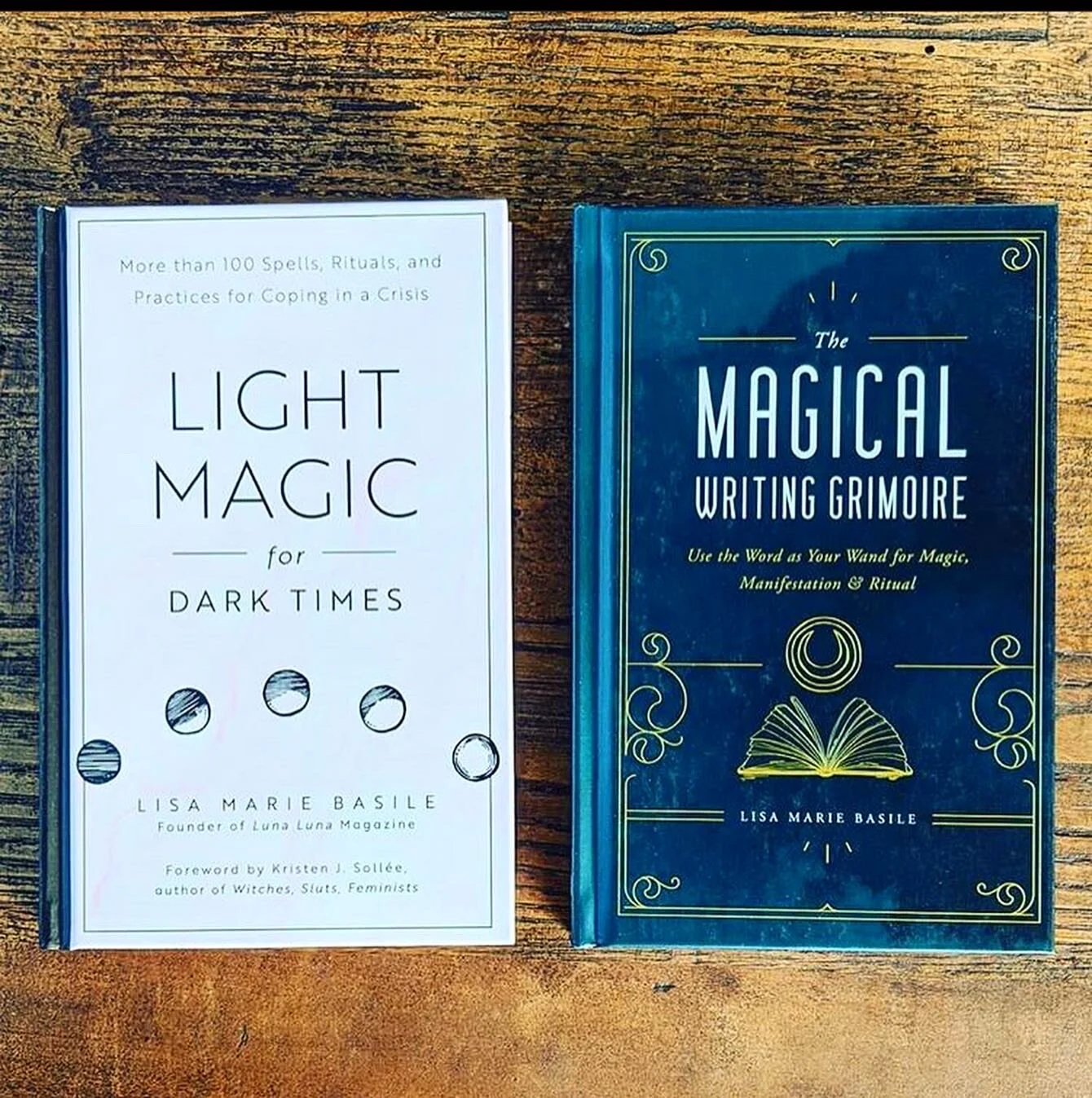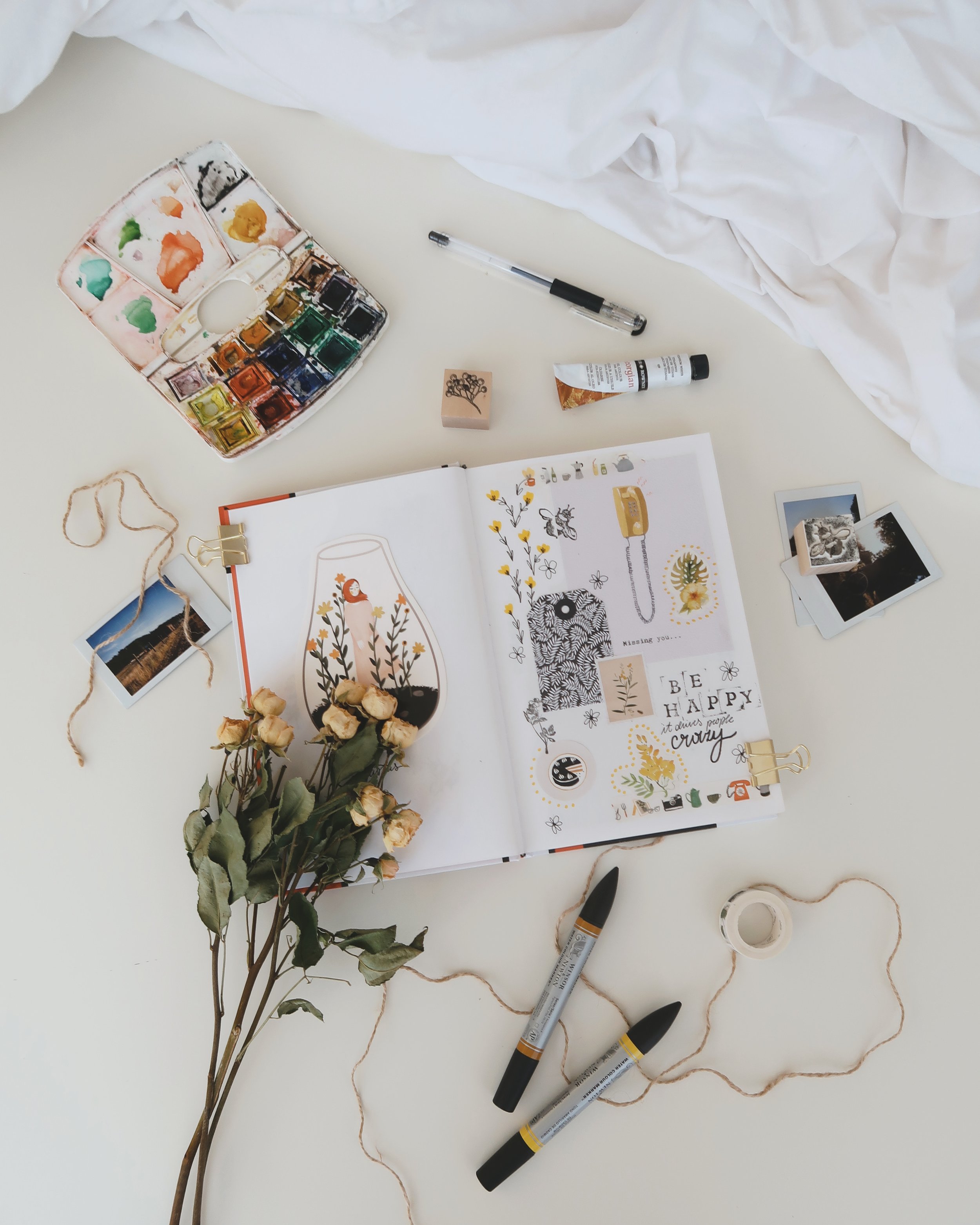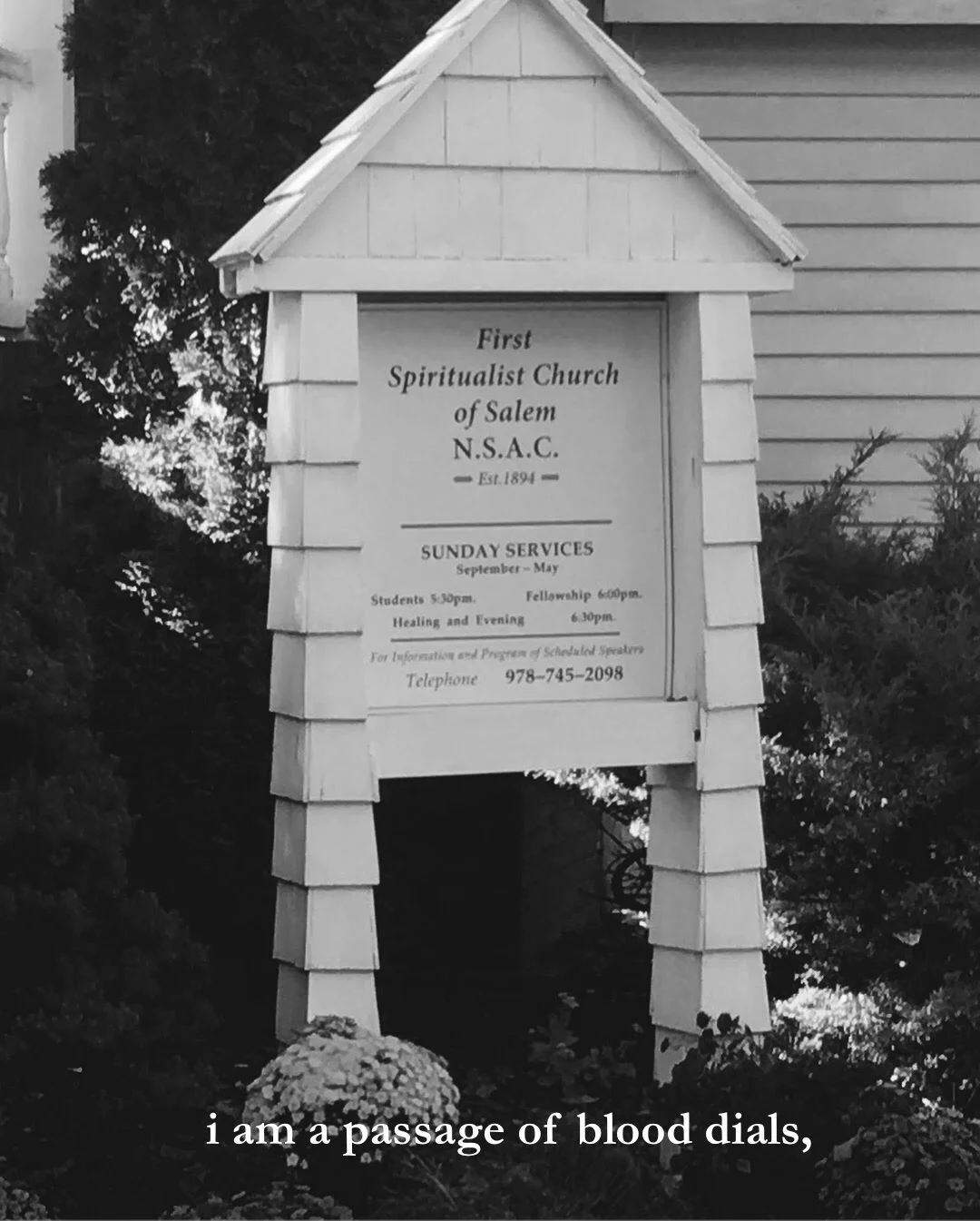BY SOPHIE MOSS
Ask any Tarot reader, whether seasoned or neophyte, and they will tell you that the world of tarot is vast, subversive, and built upon a largely limitless terrain. The tarot deck itself is a finely crafted tool, with seventy-eight individual cards designed to signify the entire spectrum of human experience, from the beginning of our journey on this earth to the end.
With hundreds upon hundreds of tarot decks in the world, designers are working harder than ever to create bespoke, aesthetically beautiful decks that call to our physical senses as well as our higher selves, making reading the tarot a much more meaningful, rounded experience. This forthcoming series will profile a handful of the most aesthetically divine tarot decks which, we believe, are works of artistic craftsmanship unto themselves.
The Tyldwick Tarot is somewhat of a geometric puzzle; a deck which, as creator Neil Lovell notes, has the querent “exploring it, submitting to its mysteries, and discovering its secrets.” The symbolism is rich; the illustrations at once subtle and stately, characterised by both abundance and lack: one soon comes to understand there are no human bodies in this deck. The lack of human life is both eerie and intriguing; indeed, the presence of The Devil has never felt as jarring as when he looks in on us through a black mirror—both nowhere and everywhere, some omnipresent force encouraging us to face Him, to stand and face our own reflections.
All images courtesy of Malpertuis Designs Ltd
Whether by cosmic virtue or fortunate happenstance, the querent’s journey through the Tyldwick deck feels a lot like a quest to uncover a grand mystery; in fact, it’s illustrious design has the reader feeling as though they are searching for secrets inside the ruins of an English stately home. It is the mournful, noiseless language of the Tyldwick that gives the deck it’s particular, macabre depth: it moves silently, encourages introspection, demands discomfort.
As we creep down forsaken corridors we encounter the Court cards, free from human ego and re-imagined as ornate mirrors and geometric fireplaces. Skulk a little further and we stumble upon a dilapidated drawing room, where the bust of Artemis mutes the portraits of The Lovers in their separate frames with masterful symmetry.
The Tyldwick Tarot does not offer its querent mawkish narratives or aesthetic mimicry; we will not find the Eight of Swords blindfolded and imprisoned in a flurry of swords in this deck. It is the Tyldwick’s mystique—its insistence that we must peel away the crumbling paintwork to find our answers—that makes this deck so aesthetically alluring. Oh, it is grand. It is decadent. Safe to say, the Tyldwick Tarot is a delicious fusion of aesthetic refinement, subversion, and kaleidoscopic surreality.
Sophie E. Moss is a dark witch and literary maven. Her work appears or is forthcoming in Quail Bell Magazine, Dirty Chai, among others. When she isn’t searching for the perfect leather jacket, she writes essays for Luna Luna and poetry for all the people she used to be. Find her on Twitter @sophiedelays and Instagram @se.moss.
































